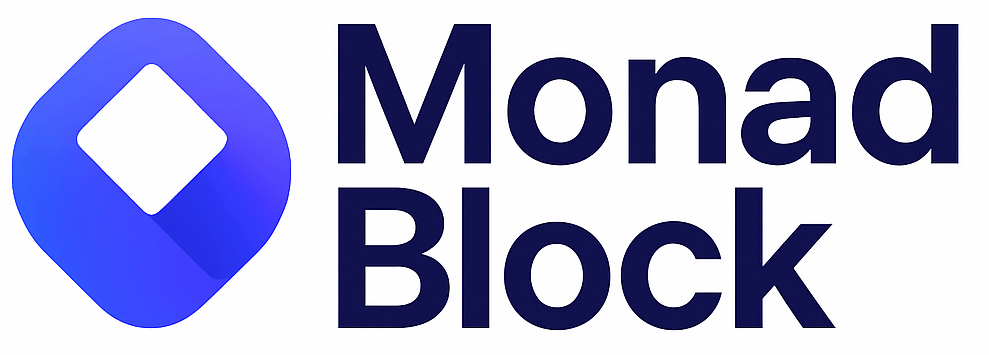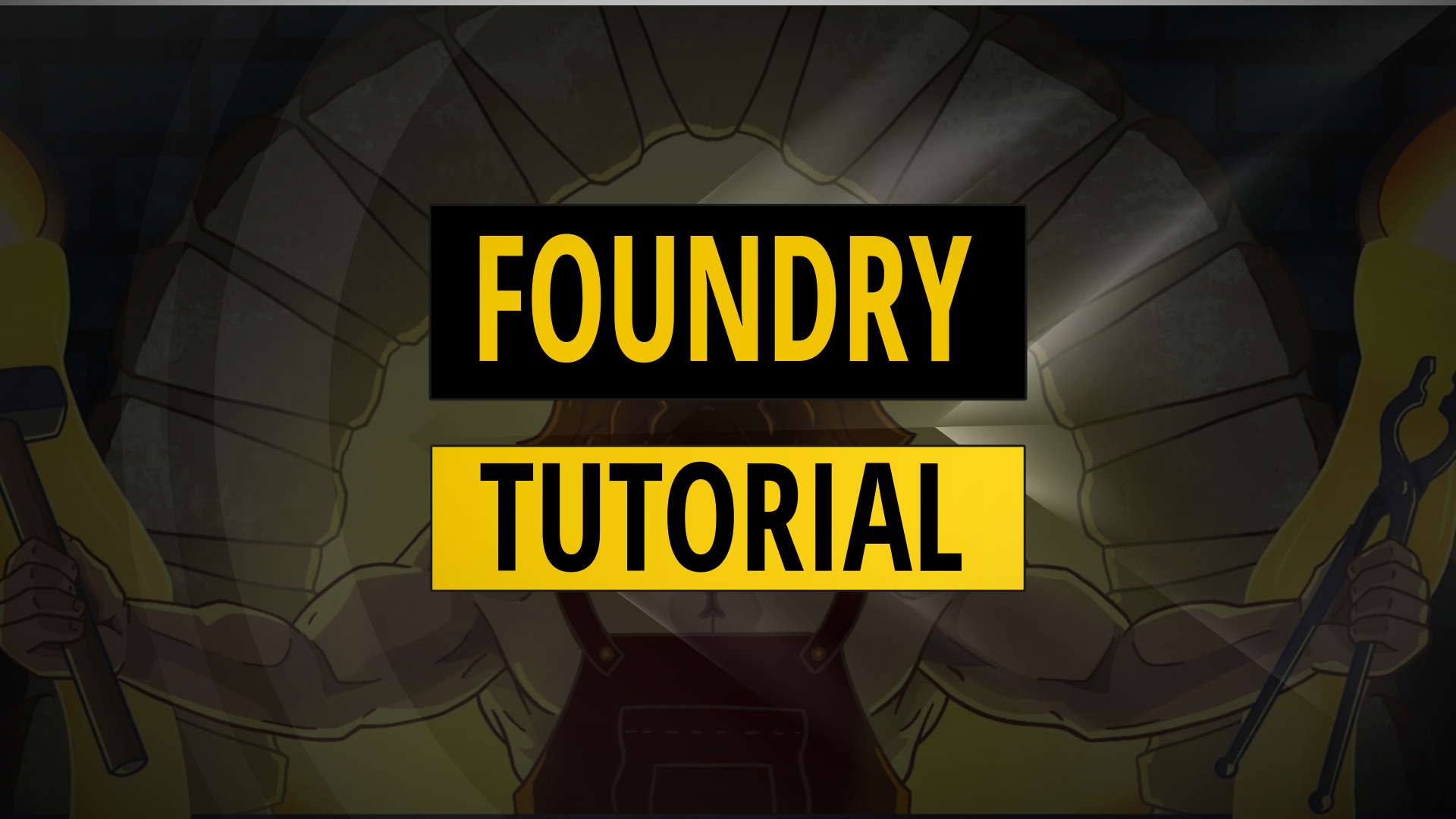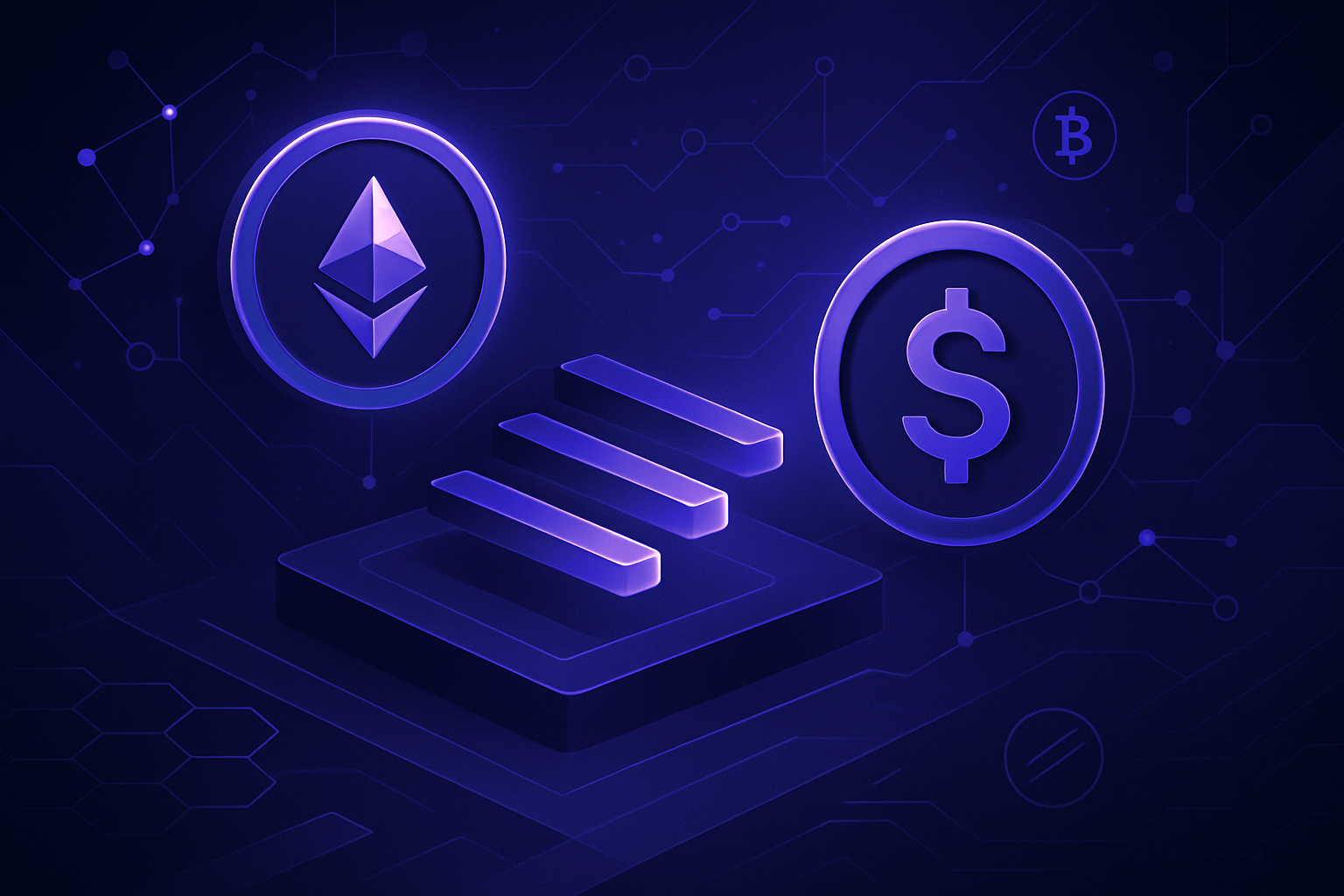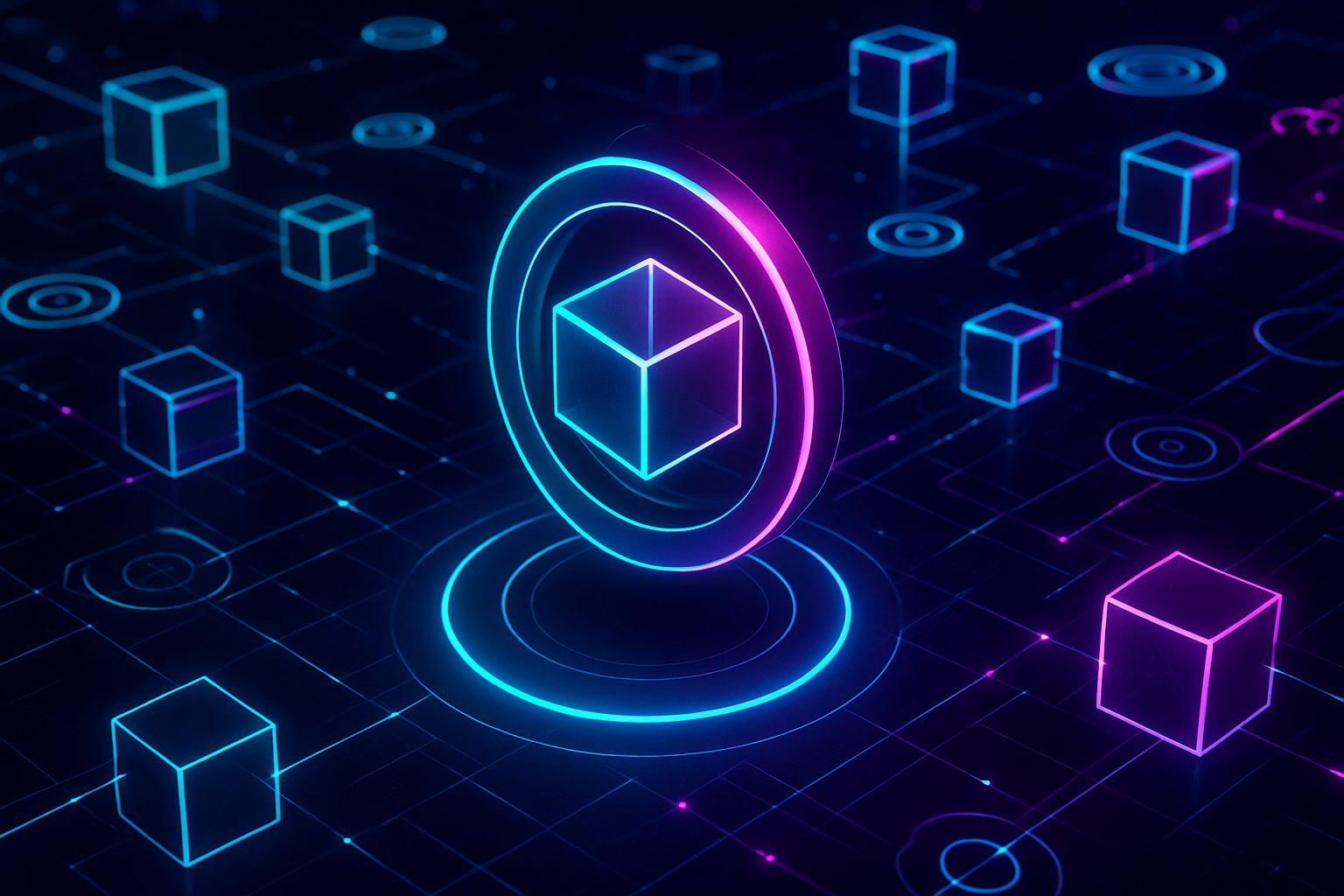
Ethereum’s EVM has long been the gold standard for smart contract execution, but its sequential processing model is a bottleneck for scaling Web3. Monad disrupts this paradigm with EVM parallelization, delivering a high-performance EVM chain that unlocks true scalability for decentralized apps. If you’re building on Ethereum or any EVM-compatible chain, understanding Monad’s architecture is essential to stay competitive in a world where transaction throughput and latency are make-or-break factors.

Why Sequential Processing Limits Ethereum Compatibility
Traditional EVM chains process transactions one after another. This design ensures deterministic outcomes but severely limits throughput: every transaction must wait for the previous one to finish, regardless of whether they interact with the same contracts or accounts. For DeFi, gaming, and real-time applications, this means congestion and unpredictable gas fees at scale.
Monad’s breakthrough is its ability to identify independent transactions: those with no overlapping state dependencies, and execute them simultaneously. For example, if Alice sends ETH to Bob while Chris sends tokens to Dave (with no shared contract state), both can be processed in parallel. This not only boosts the number of transactions per second (TPS) but also slashes latency across the board.
Monad’s Parallel Execution Engine: Under the Hood
Monad’s parallel execution is not a simple tweak to the EVM, it’s a comprehensive redesign that preserves full Ethereum compatibility while unlocking new performance ceilings. The protocol leverages advanced static analysis and runtime scheduling to group non-conflicting transactions into execution batches. These are then processed concurrently by multiple CPU cores on validator nodes.
The result? Monad consistently delivers 10,000 TPS and 1-second finality, as highlighted by recent technical breakdowns. Developers do not need to rewrite their Solidity contracts or change their toolchains, everything from MetaMask to Hardhat works out of the box.
The Developer Edge: Seamless Scaling Without Refactoring
The most actionable advantage for developers is that Monad allows existing Solidity dApps to scale effortlessly. Whether you’re optimizing a DeFi aggregator or building an NFT game with high-frequency actions, you can deploy on Monad without code changes and immediately benefit from:
Key Benefits of Building on Monad for Developers
-
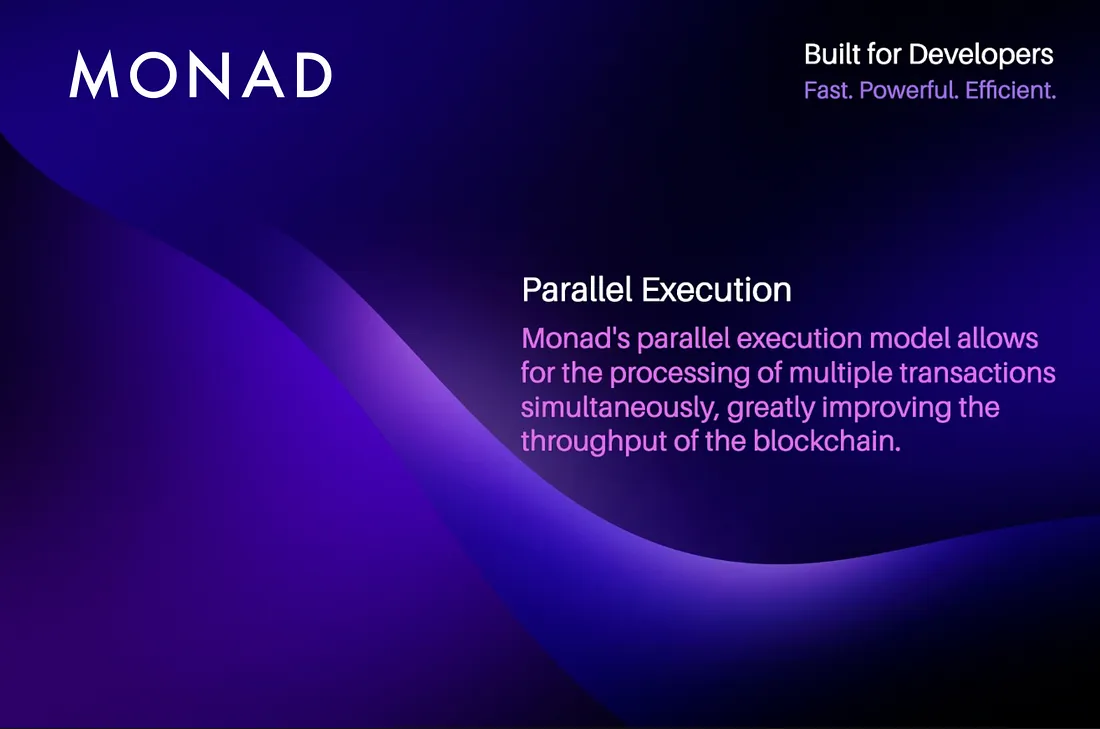
Ultra-High Throughput via Parallel Execution: Monad enables concurrent processing of independent transactions, supporting up to 10,000 transactions per second—ideal for scaling DeFi, gaming, and real-time dApps.
-
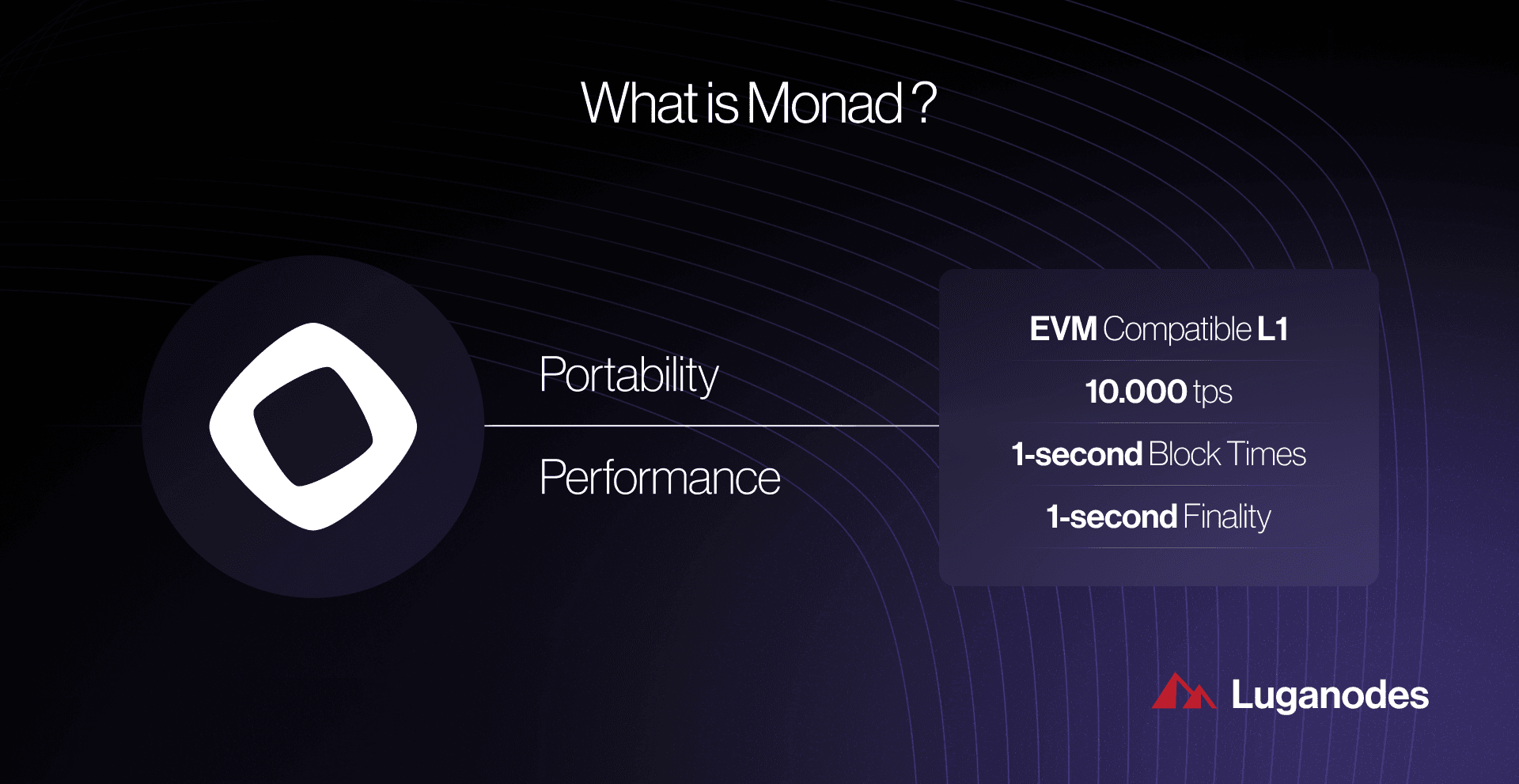
Full EVM Compatibility: Developers can deploy existing Solidity smart contracts and use familiar tools like MetaMask, Hardhat, and Foundry without code changes or custom integrations.
-
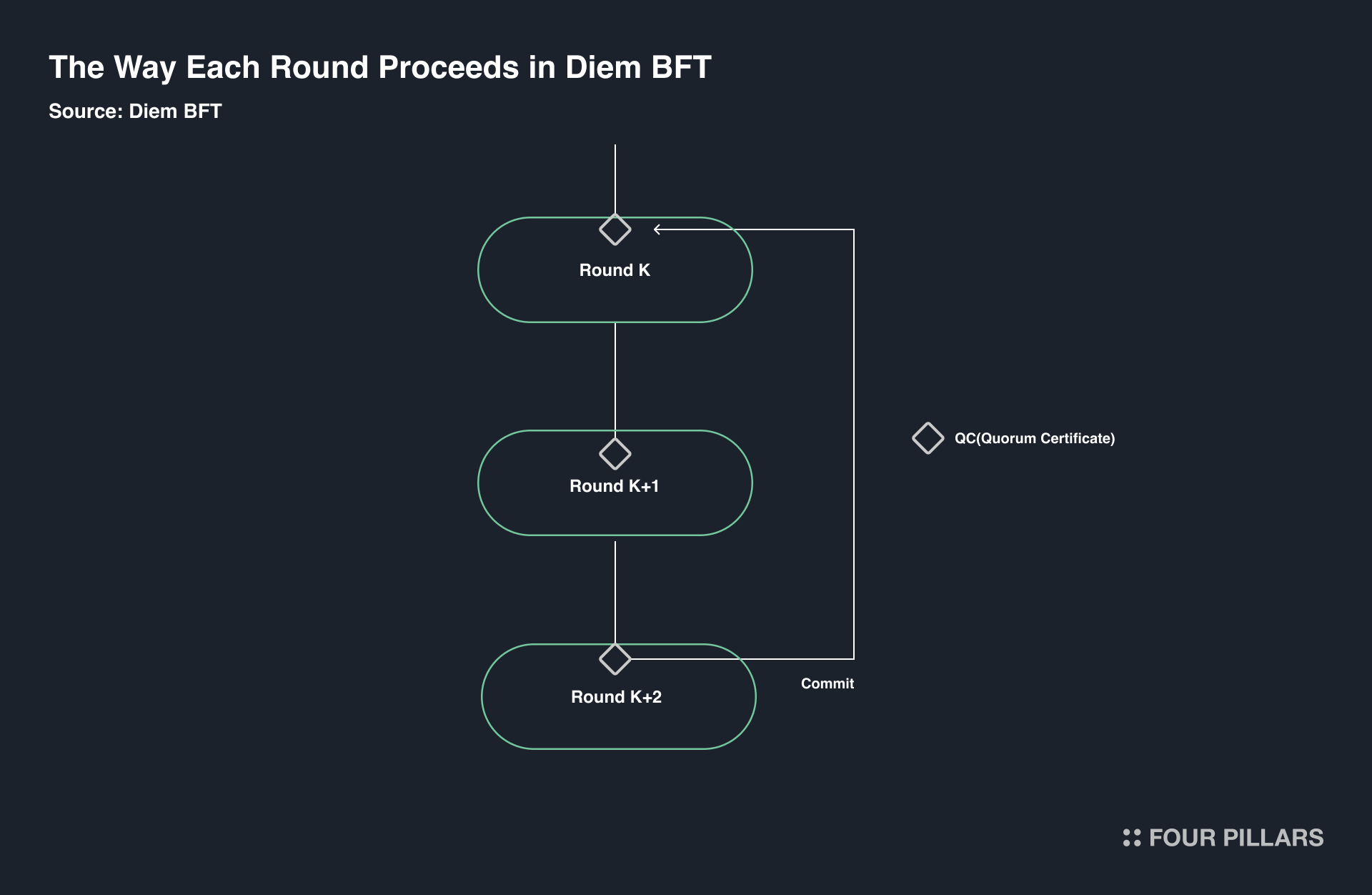
Low Gas Fees and 1-Second Finality: Monad’s optimized MonadBFT consensus achieves block finality in 1 second, significantly reducing transaction costs and settlement times for end users.
-
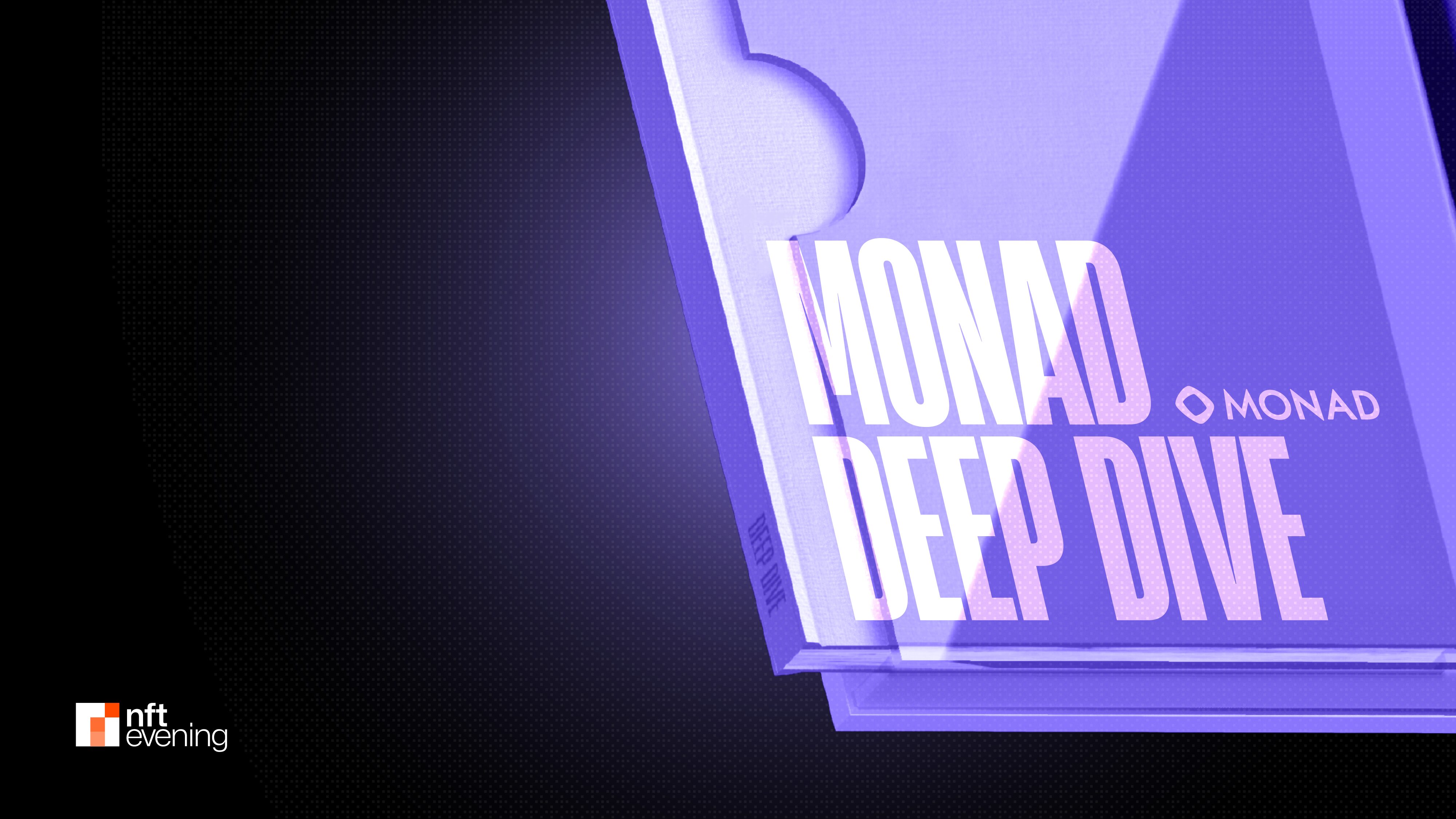
Decentralization with Lower Hardware Requirements: The MonadDB storage system leverages SSDs instead of RAM, lowering node operation costs and supporting a more decentralized validator set.
-
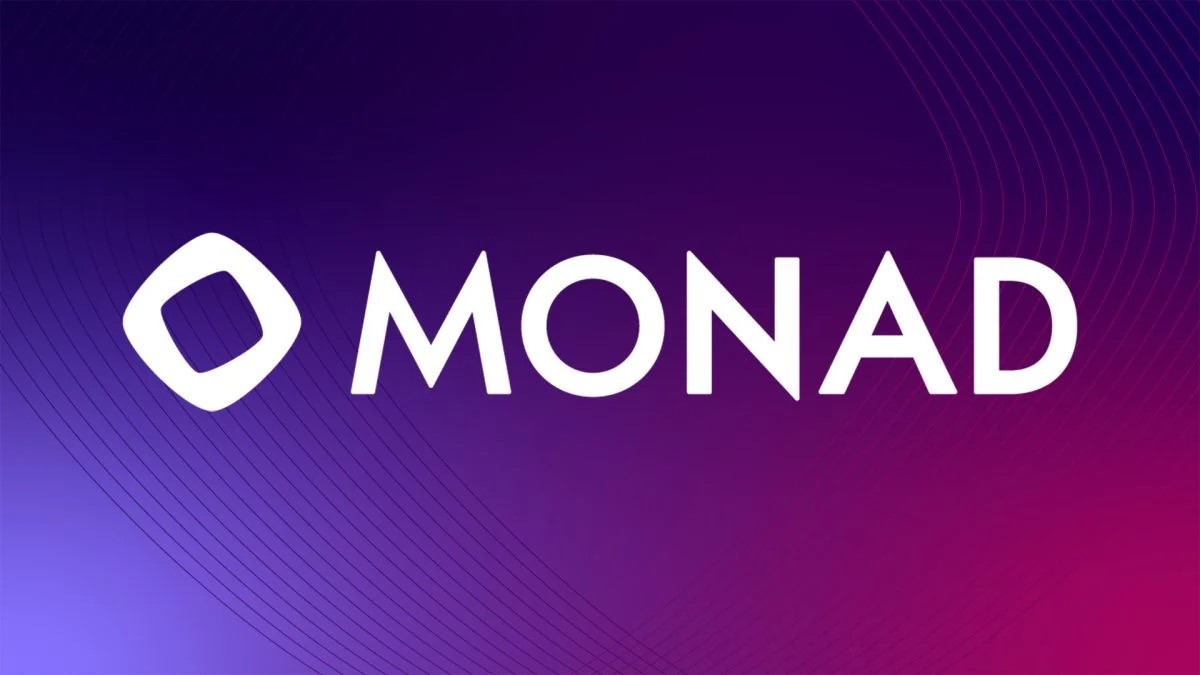
Seamless Scaling for High-Demand Applications: Monad’s architecture is purpose-built for high-throughput dApps, enabling developers to build scalable DeFi protocols, on-chain games, and financial services without bottlenecks.
This is possible because Monad maintains byte-for-byte compatibility with Ethereum’s EVM spec, a feat that sets it apart from other L1s trying similar approaches but requiring custom tooling or smart contract rewrites.
MonadDB and Hardware Efficiency: Lowering Barriers for Node Operators
Parallel execution at scale demands robust storage performance. Instead of relying on expensive RAM-based state storage like many high-throughput chains, Monad introduces MonadDB: a custom database layer optimized for SSDs. This dramatically reduces hardware costs and operational complexity while supporting rapid access patterns needed by concurrent transaction processing.
This design choice isn’t just about performance; it’s about decentralization. By lowering entry barriers for node operators, without sacrificing speed, Monad ensures that its network remains open and trustless even as it scales throughput far beyond legacy blockchains.
For developers and enterprises, this means you can launch high-throughput dApps without the tradeoffs that typically plague scaling solutions. Monad’s architecture also minimizes the risk of centralization by keeping hardware requirements accessible, a critical factor for long-term network health and censorship resistance. The upshot: you get Ethereum-level security guarantees with a user experience that rivals Web2.
Actionable Strategies for dApp Optimization on Monad
To fully leverage Monad EVM parallelization, developers should consider transaction design and contract patterns that maximize independence between operations. Here are actionable steps:
Best Practices for Optimizing Solidity on Monad
-
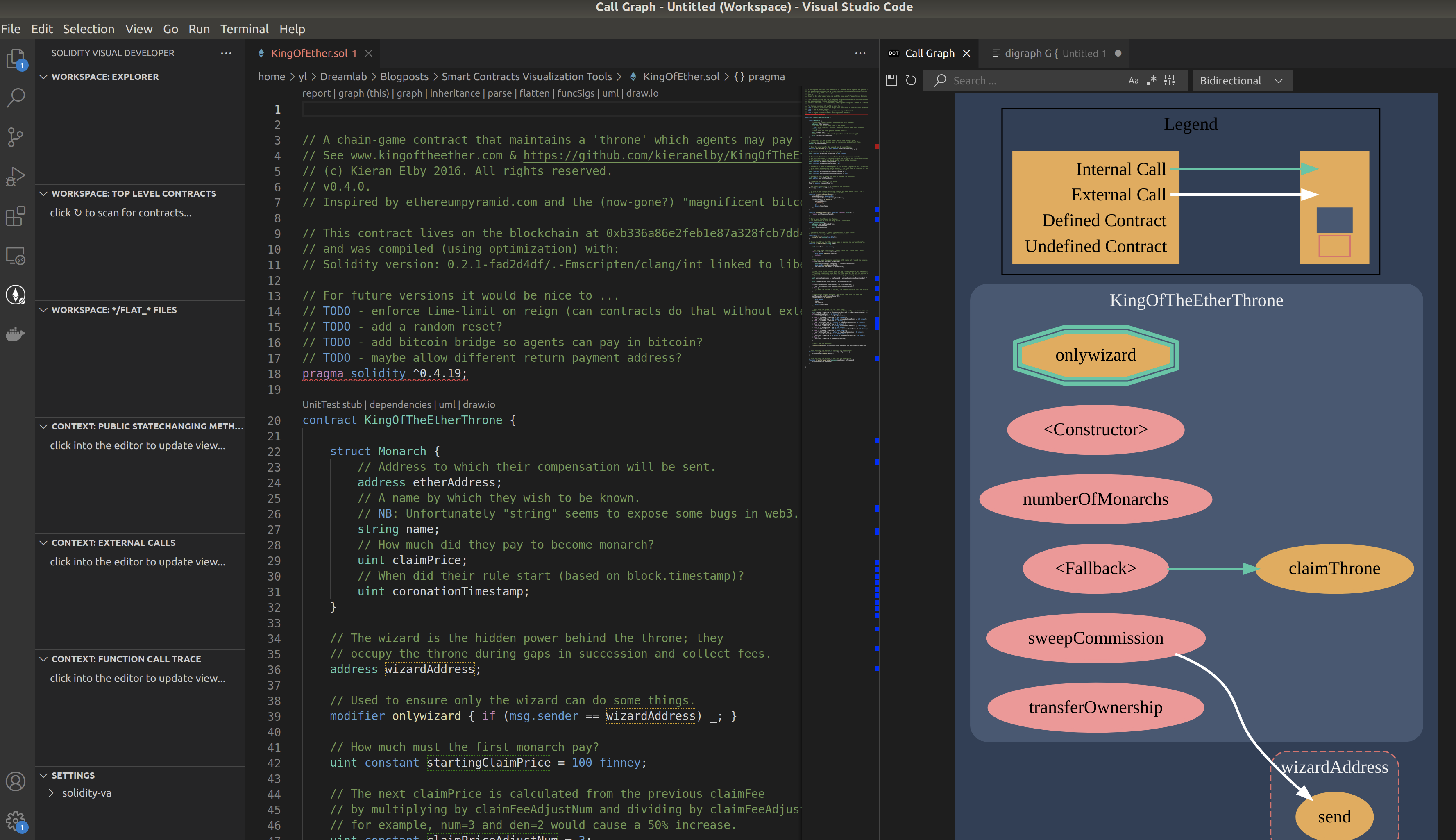
Minimize Shared State Access: Design contracts to reduce read/write operations on shared storage variables. Independent state changes enable Monad to execute transactions in parallel, maximizing throughput.
-
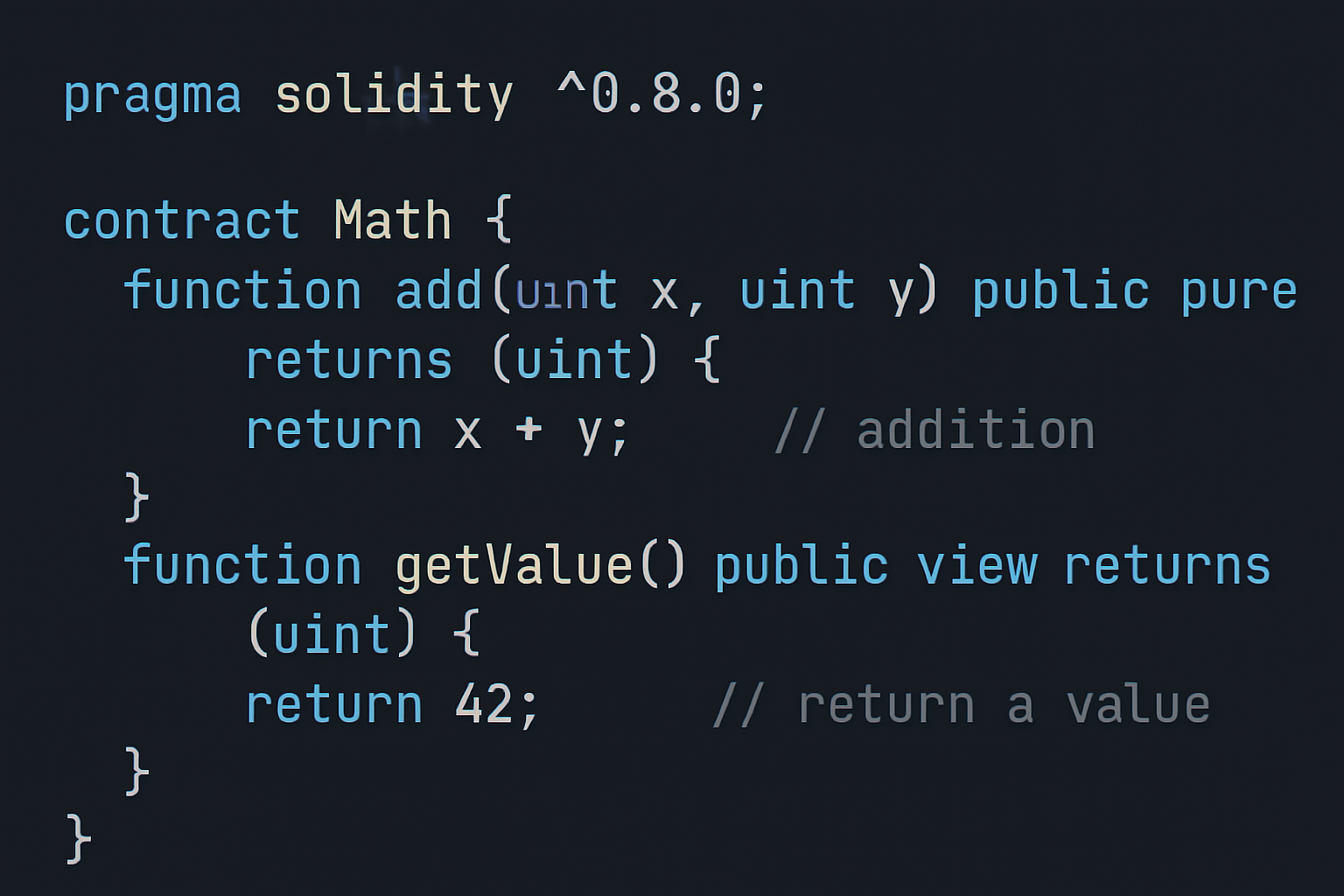
Favor Stateless and Pure Functions: Use pure and view functions where possible. Stateless logic avoids storage conflicts, allowing Monad’s parallel engine to process calls concurrently.
-
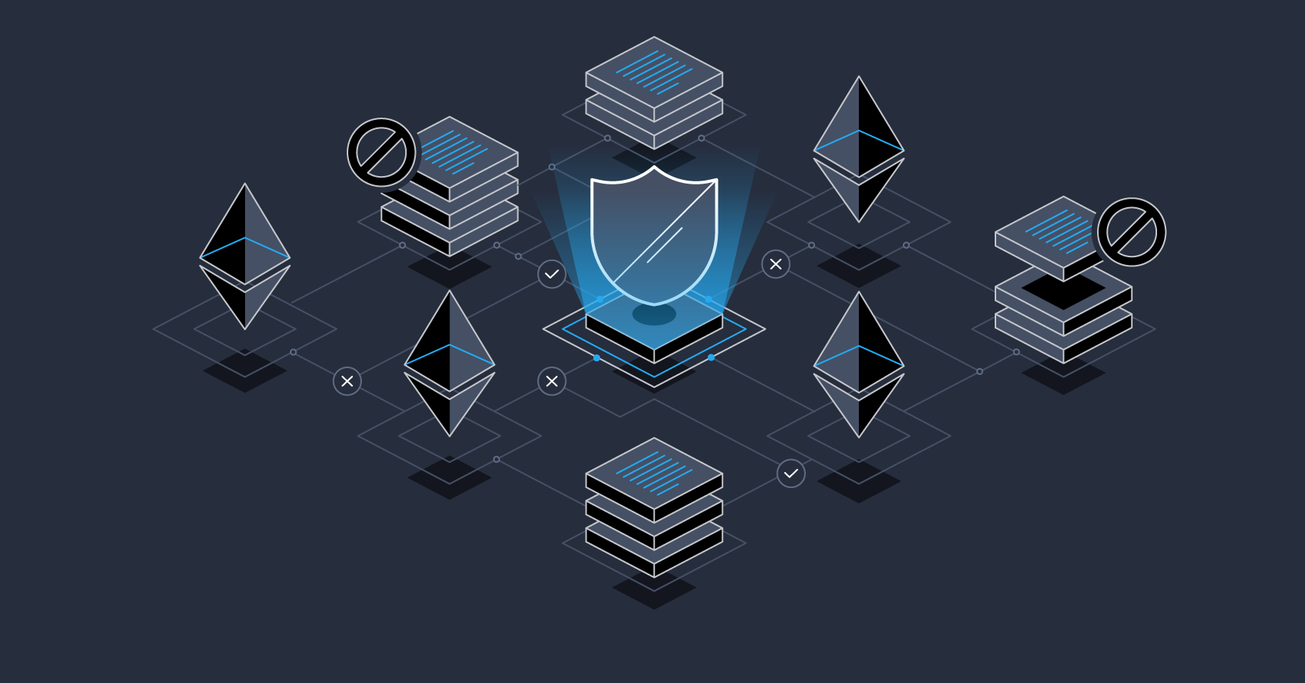
Batch Independent Transactions: Structure dApp workflows to group unrelated transactions together. This increases the number of transactions Monad can parallelize, improving application scalability.
-
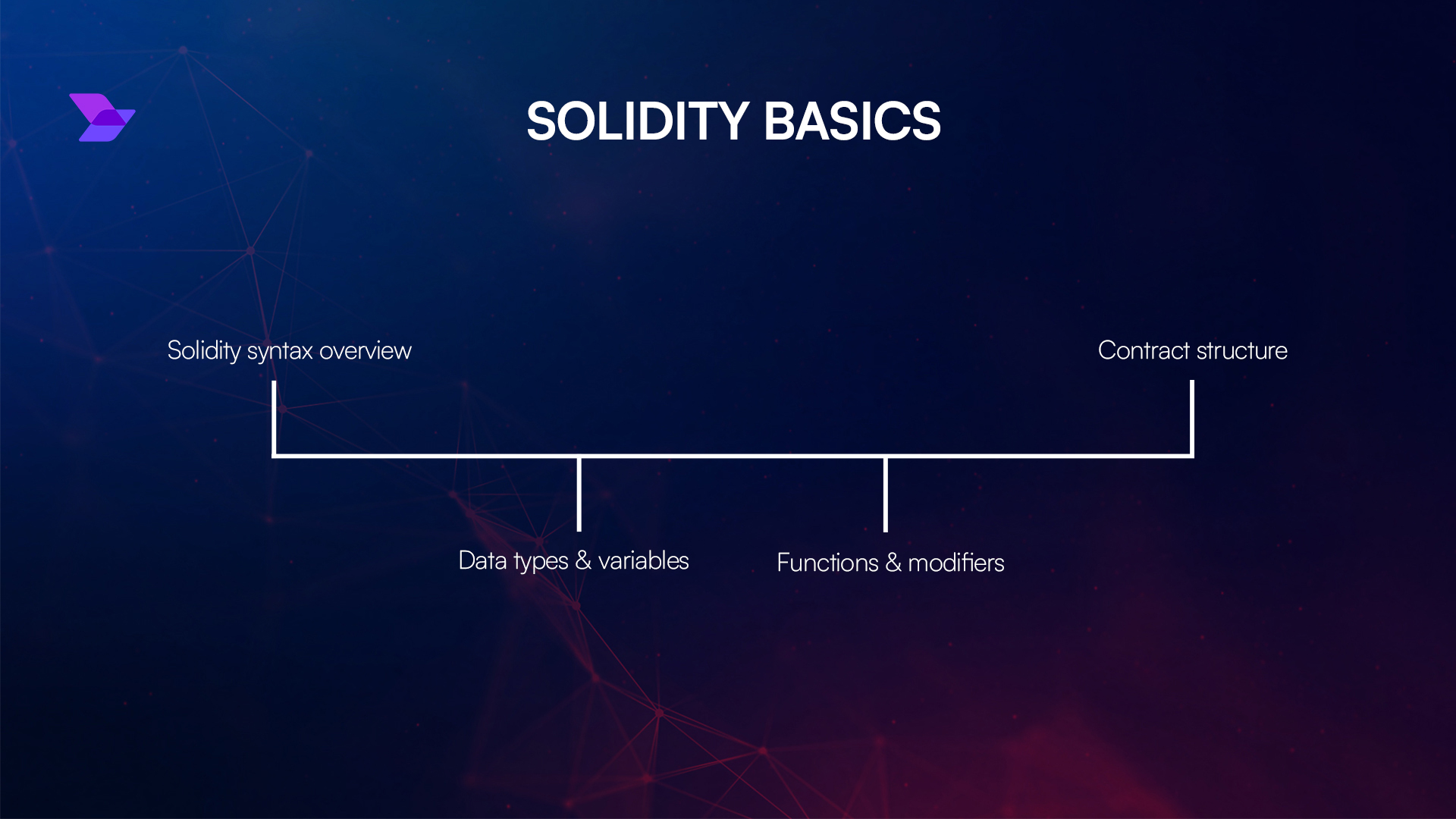
Leverage Modular Contract Architecture: Split complex contracts into smaller, independent modules. Isolated modules reduce cross-contract dependencies and unlock greater parallel execution benefits on Monad.
-
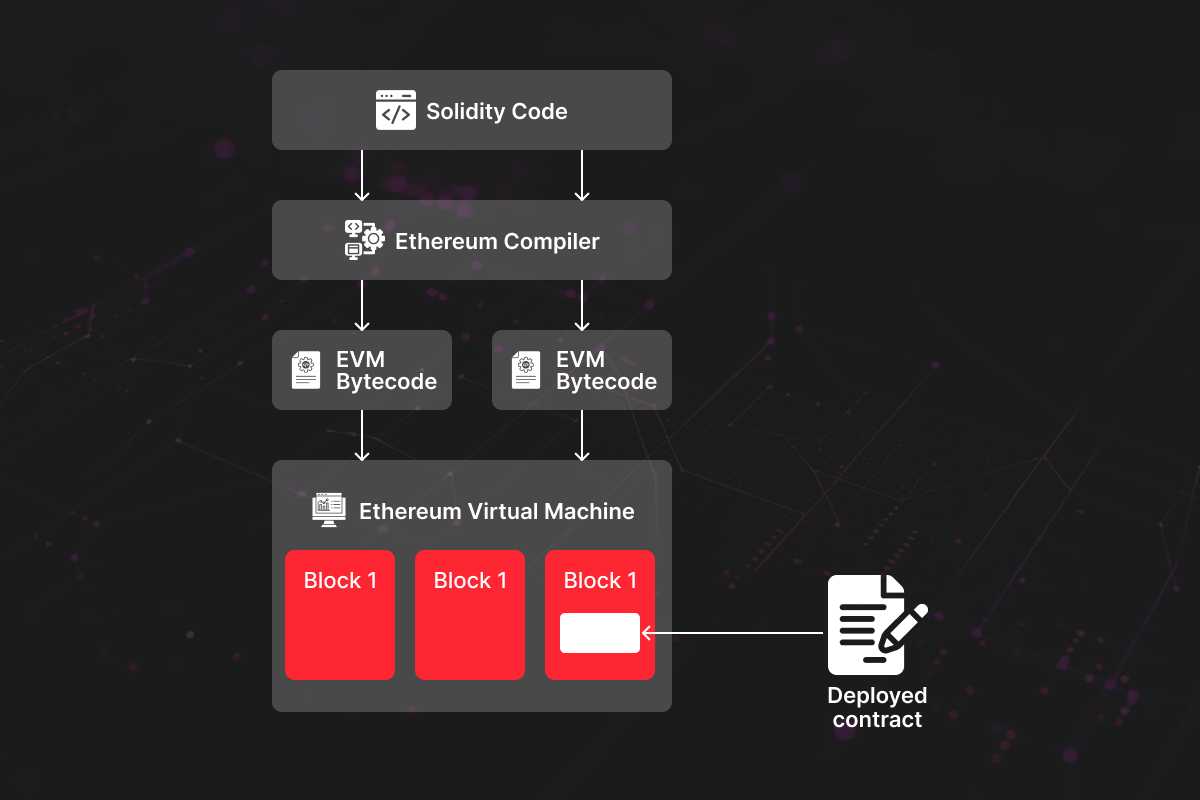
Use Event-Driven Patterns: Employ events and off-chain coordination to decouple user actions, minimizing on-chain dependencies and contention points, which allows Monad to maximize parallelism.
If your dApp involves frequent batch transactions or user actions that don’t touch the same contract state, Monad will automatically parallelize them. But even in complex DeFi protocols, thoughtful separation of state variables and modular contract design can unlock another layer of throughput. Tools like Hardhat and Foundry remain fully compatible, so your existing CI/CD pipelines won’t skip a beat.
Real-World Impact: DeFi, Gaming, and Beyond
The implications of high-performance EVM chains like Monad extend far beyond raw TPS numbers. For DeFi platforms, this means order books update in real time with minimal slippage. In gaming, it enables turn-based or real-time experiences without lag or unpredictable costs. NFT marketplaces can handle surges in activity without grinding to a halt.
Monad’s technical documentation provides detailed insight into how these performance gains are achieved under the hood. But from the user’s perspective, it all translates to faster confirmations, lower fees, and seamless UX regardless of network load.
Looking Ahead: The Future of Ethereum Compatibility
As Ethereum continues to evolve and Layer 2 solutions proliferate, Monad stands out by offering true Layer 1 scalability with full EVM compatibility. There’s no need to compromise between throughput and decentralization, or between developer velocity and user experience.
The path forward is clear: as more projects migrate or launch natively on high-throughput EVM chains like Monad, we’ll see a new generation of decentralized applications that were previously unthinkable due to performance constraints. For builders who want to stay ahead of the curve, and for users demanding Web2-grade speed, Monad represents the next logical step in blockchain evolution.
